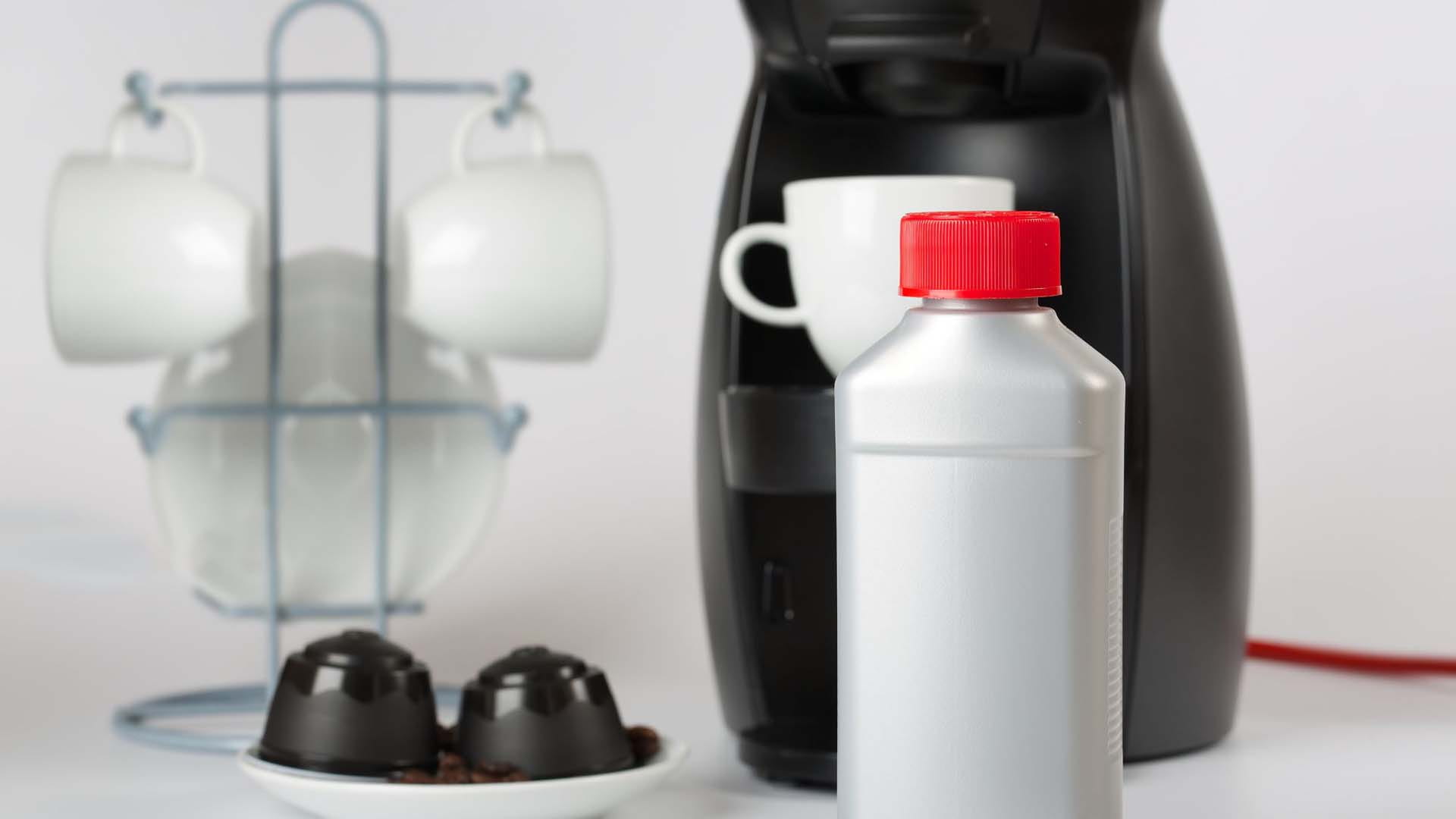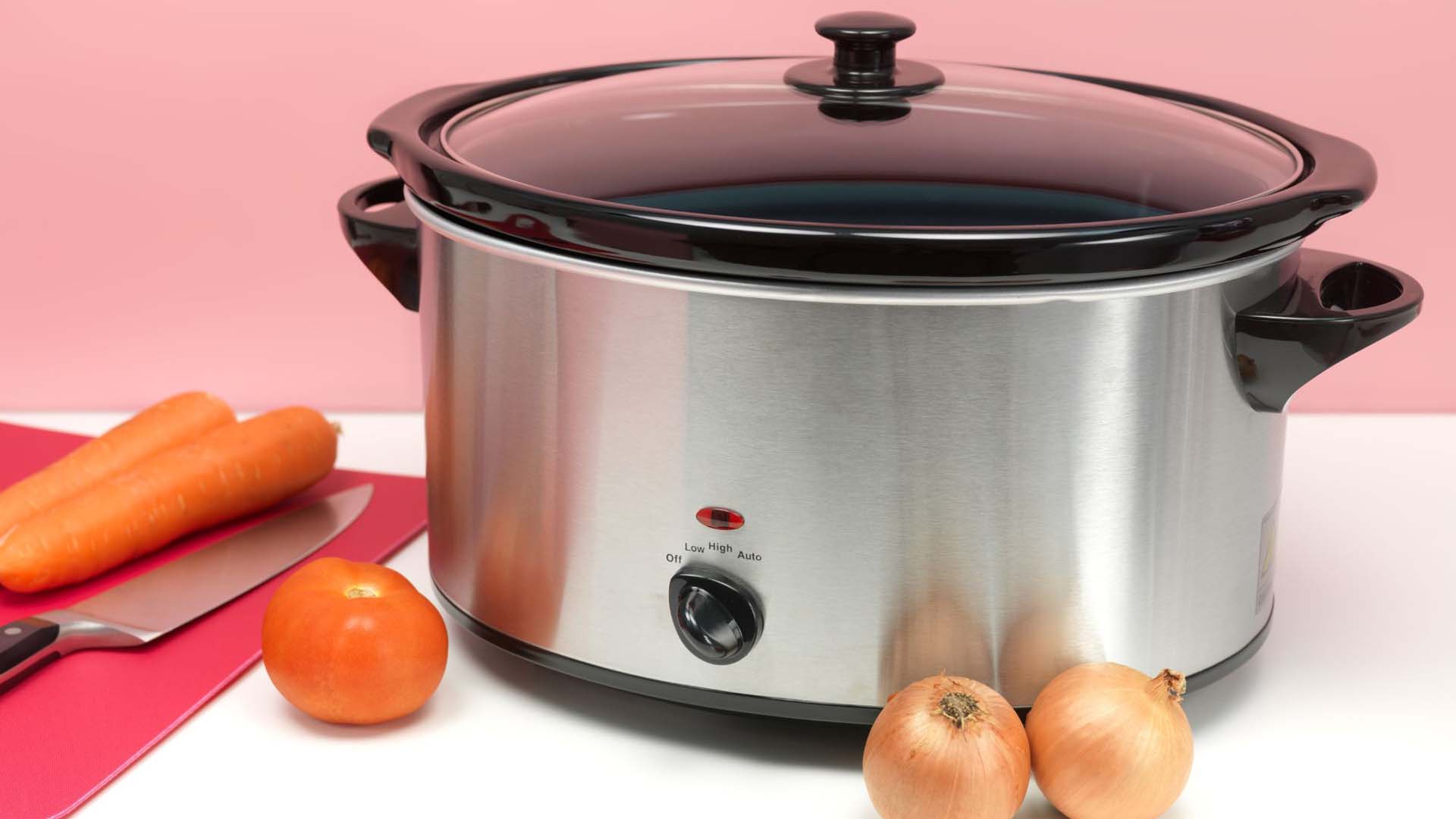
A good cup of coffee starts with a clean coffee machine. For coffee guru Philip Sowels, prevention is better than cure.
“The secret is to use filtered or bottled water in the first place,” he says. “Scale is the death of most coffee machines.”
Don't worry, though, if you've neglected your coffee machine. Descaling is straightforward, meaning your normal tasty coffee will soon be back on the menu.
The type of coffee machine you own – be it a filter coffee maker or espresso machine – will slightly affect how you descale it, but the same basic principles apply to all machines.
While a quick online search shows that vinegar is an effective natural descaler, when it comes to cleaning coffee machines it's best to avoid using this acidic liquid.
It's certainly effective at getting rid of limescale, but it's also corrosive, attacking parts of your machine that could lead to leaks. It also leaves an unpleasant taste and smell. Sowels concurs.
“Don't use vinegar,” he says. “Look instead for lactic acid-based descalers, as opposed to citric or vinegar ones.”
Sowels recommends Puly Cleaner descaling powder, which he buys in boxes from Amazon. Puly produces a variety of cleaning products for coffee machines that are used by professional baristas, so you know you're getting the good stuff.
Puly descaler sachets (pack of 10), RRP £13.99
“Puly is suitable for brass, copper and stainless-steel boilers/parts, although it's not suitable for aluminium thermoblocks,” he says.
Most coffee machine brands also have their own descaling product for use in their machines – Nespresso and Miele, for example, both produce their own solutions – so if you want to err on the side of caution, go for these and follow the manufacturer's instructions on how to use.
Each coffee machine varies when it comes to descaling, but these are general indicators that you need to give it a once over.
How often you descale your machine really depends on if you live in a hard or soft water area. Every three to four months is ideal if you use filtered water or live in a soft water area. For harder water areas, you may need to descale monthly to keep your machine running satisfactorily.
Sowels says a good way to see if it needs a descale is to check the scale build-up in your kettle – if you can see limescale swimming about, it's time for a clean.
Before attempting to descale your machine, remove anything that might get in the way, such as water filters, coffee filters, any grounds or any used pods.

Following the manufacturer's instructions, prepare your descaling solution. If you're using a powdered solution, mix it in until it dissolves completely. Pour this solution into the machine's water tank and switch the machine on.

The next step is to run your machine as you normally would if making a cup of coffee. If your coffee is usually dispensed straight into a cup, remember to place something there to catch the discharged liquid.
It's also best to keep your distance when the descaling solution is running through the machine as it can splash up when it comes out of the machine into the bowl.

Some machines will have a special descaling mode, so double check your manual before you start. For example, for the Nespresso Citiz (pictured above), you'll need to press both the ‘espresso’ and ‘lungo’ buttons at the same time to start the descale mode.
For espresso machines, you'll want to run a cup of water out of your steam wand. Once that's done, close the steam wand and then turn the machine off and let it sit there for around 20 minutes to allow the solution to work.
If your steam wand needs extra descaling, mix up some solution and allow the wand to sit in it for 20 minutes.
Once the descaler has worked its magic, give the water tank a good wash. Then refill it and run your machine through again, making sure you catch any water if needed.
Repeat the process again, replenishing the water each time. This will make sure it removes any traces of the descaling product. Remember to use fresh water when brewing your first cup of coffee post-descaling.
When descaling your coffee machine, it's a good idea to wear gloves in case you have a reaction to the descaling solutions.
Once you've descaled your machine, it's ready to go back into action. While descaling, it's also a great time to give it a general clean. Run a damp microfibre cloth over the outside to remove any dirt or grease.
Jayne cut her online journalism teeth 24 years ago in an era when a dialling tone and slow page load were standard. During this time, she’s written about a variety of subjects and is just at home road-testing TVs as she is interviewing TV stars.
A diverse career has seen Jayne launch websites for popular magazines, collaborate with top brands, write regularly for major publications including Woman&Home, Yahoo! and The Daily Telegraph, create a podcast, and also write a tech column for Women’s Own.




As summer approaches, our expert says it’s time to reappraise rosé and seek out more robust styles.

Celebrity chef James Martin shares his recipes for Valencian Beans and Prawns and Creme Caramel with Spiced Seville Oranges.


From parties to picnics, mini sausage rolls are the perfect snack. But which ones are our experts’ favourites?

Both sit nicely atop your kitchen counter, but is one better than the other?
